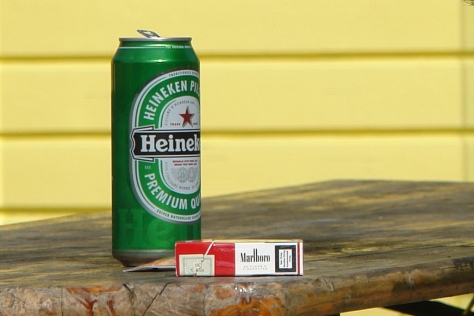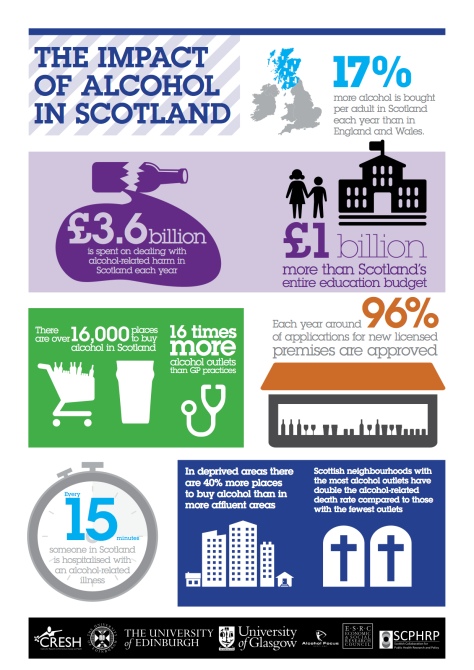By Claire Niedzwiedz
Loneliness is increasingly being prioritised as a public health issue, due to its strong links to illness and premature mortality. Our new article published in Preventive Medicine (open access version here) highlights that older people’s loneliness varies according to their level of wealth: those with the least experience more loneliness than the wealthiest. We found that taking part in formal social activities, such as attending a sport or social club, may help to reduce the gap in loneliness between the poorest and richest older people, especially among men. But wealthier people are on the whole more likely to participate in such activities.












